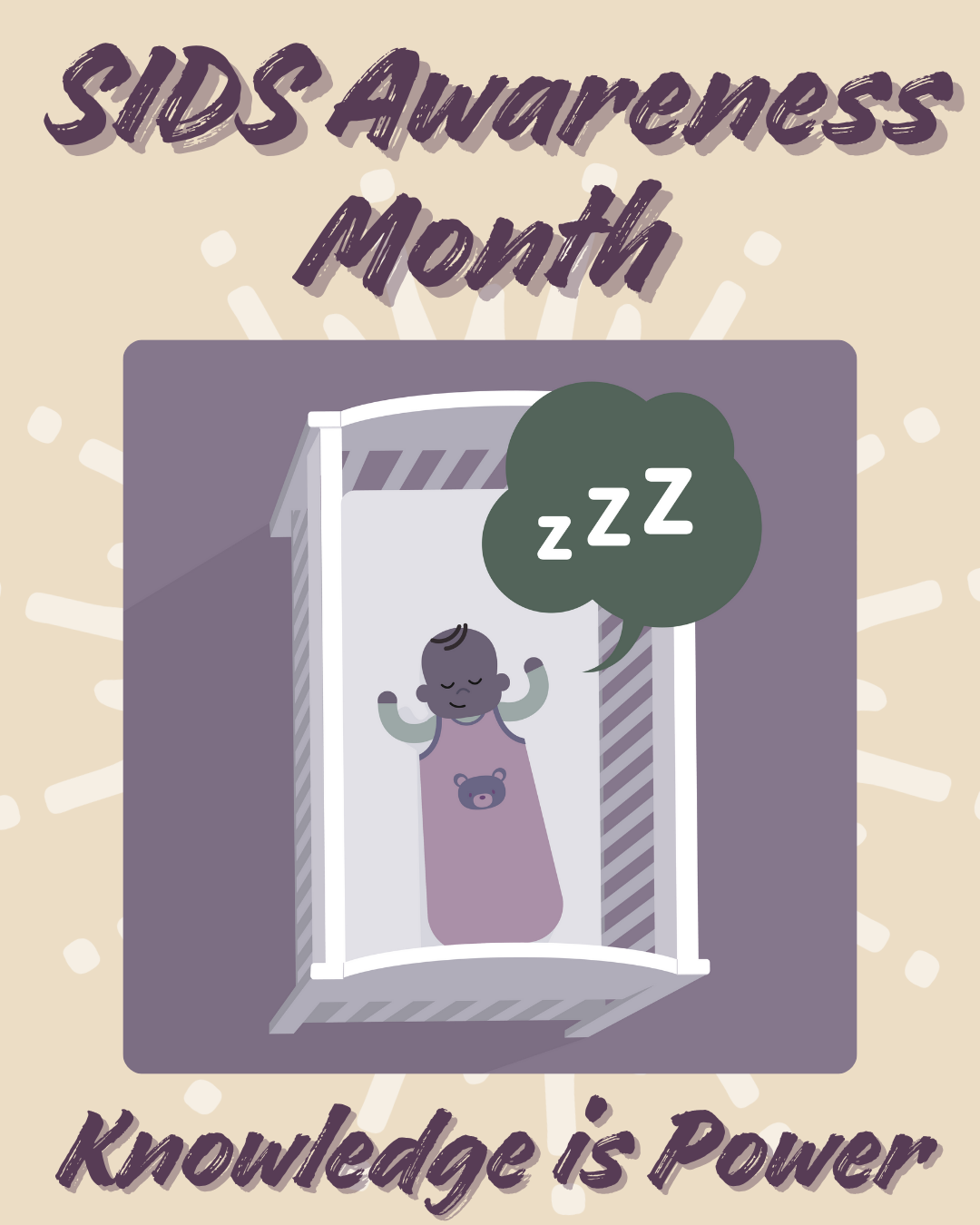Pregnancy Lower Back Pain
Tracy Paul • April 15, 2024
Suffering from Lower Back Pain During Pregnancy?
Pregnancy is an exciting time as you prepare for a new bundle of joy growing inside your body. It can also be a time filled with nausea, heartburn and lower back pain. Although most of these elements during pregnancy are a mere nuisance, lower back pain can, at times, be so severe that it will prevent you from fulfilling your daily activities. Backaches can begin around the 18th week of pregnancy and persist until birth.
According to several studies, severe back pain may be related to problems such as pregnancy-associated osteoporosis or vertebral osteoarthritis.
Sometimes, the symptoms may be due to having uterine contractions, so it is important to discuss your symptoms with your healthcare provider for further testing/monitoring.
As your weight increases, the relaxing hormone causes the joints in the pelvis to loosen up so your baby can easily pass through the birth canal. With the growth of the uterus during pregnancy, gravity shifts forward and your lower back curves further to accommodate the extra load. This produces stiffness and pain. But there are steps you can take to ease the pain.
- Get a massage from a masseuse who is certified for prenatal massages.
- Apply a warm/cold compressor and alternate between the two about every 15 minutes to help sooth the muscles.
- Take a warm bath. If you prefer a warm shower, turn the showerhead to pulsating for additional massaging.
- Strengthen the abs by doing pelvic tilts. You may try sitting on an exercise ball and moving back and forth.
- Prenatal yoga lets your growing body relax, improve its balance and circulation.
- Wear shoes that provide decent arch support no flats and no high-heels. You may lose your balance and stability. Wear comfortable shoes with an orthotic insertion, if necessary.
- Swimming is also beneficial since it relieves pressure from the spine. Remember to stay well-hydrated during your swimming activities. If you are experiencing a high-risk pregnancy, please consult your physician before soaking it up in the swimming pool.
- A maternity belt may relieve the lower back from undergoing too much strain. But first try the belt to test its effectiveness. The belt is often used with other remedies for back pain.
- Solid sleep is a must for a healthy pregnancy but if you lack proper support, it may increase your lower back pain. Try sleeping on your side with a body pillow to reduce the strain on your pelvis by placing the pillow between your knees. Remember to sleep on a firm mattress and maintain a sleep routine. Also, reading a few minutes before bed helps you unwind.
Other treatment options include physical therapy and possible alternatives such as chiropractic care and acupuncture. If severe backache persists, consult with your physician.
Pregnancy should be enjoyable and comfortable, without havoc and distress. If you experience backaches, you definitely are not alone. Always consult with your obstetrician for the most effective remedies to soothe any aches and pains.
Disclaimer
This content is not intended to be a substitute for professional medical advice, diagnosis, or treatment. Always seek the advice of your physician or other qualifies health provider before making any health, medical or other decisions based upon the data contained herein. Information provided is for informational purposes and is not meant to substitute for the advice provided by your own physician or other medical professionals.




